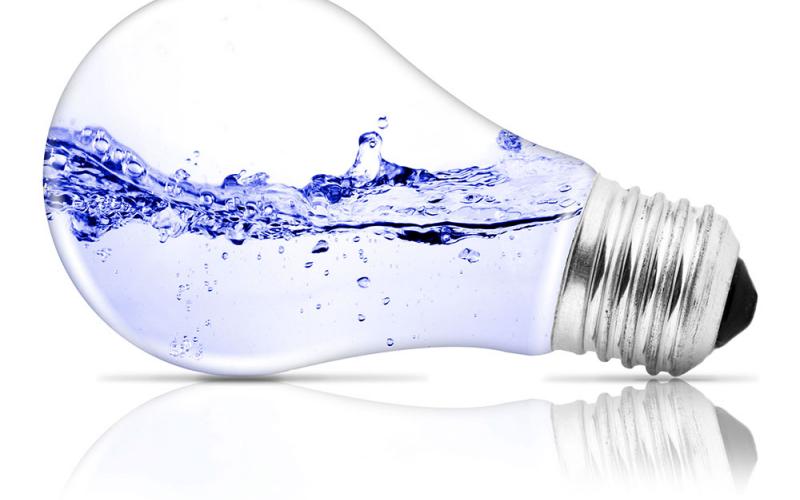Clean water and green energy: Making desalination practical

Clean water and green energy: Making desalination practical
Researchers have developed a system for purifying salt water that can run on solar energy. This technology could make fresh drinking water available in remote areas.
Wu, T., et al. “Starch Derived Porous Carbon Nanosheets for High-Performance Photovoltaic Capacitive Deionization.” Environmental Science and Technology (2017): 9244-9251. DOI: 10.1021/acs.est.7b01629.
Scientists predict that droughts will become more frequent and severe in the upcoming century, which may in turn spark violent conflict in water-stressed regions. Thus, desalination technologies, which remove salt from water, are rapidly becoming imperative in at-risk areas. To make desalination viable for more widespread use, the technology must become more energy-efficient and less expensive while at the same time not requiring chemicals that could carry unintended environmental or human health consequences.
Researchers at Dalian University in China brought desalination technology closer to meeting these goals, according to a recent paper. Published in the journal Environmental Science and Technology, the paper describes the chemical conversion of starch into microscopic, ultra-thin plates of carbon called carbon nanosheets. Carbon nanosheets differ from non-nano carbon (for example, the graphite in pencils) because of their extremely small particle size, which gives them a host of unusual electrical and chemical properties. While carbon nanosheets are already used in a variety of products, their manufacture is often energy-intensive and can require unsafe chemicals. The researchers’ key innovation lies in making carbon nanosheets from abundant, inexpensive, renewable starch — a carbohydrate found in many foods, such as potatoes — with no hazardous materials required.
The researchers then used these carbon nanosheets to connect the desalination process to solar energy — a potentially major advance for desalination, they write. After making the nanosheets from starch, the researchers fashioned them into an electrode for a capacitive deionization (CDI) system. CDI combines the water desalination process with energy storage for maximum energy efficiency. CDI has been around for some time, but the researchers found that their carbon nanosheets improved the energy efficiency, cost savings, and safety of the process.
To get a better idea of why using carbon nanosheets in CDI is a big deal, it is important to examine the basics of the CDI process. The CDI cycle occurs in two phases. First, salt water is placed in a reservoir between two electrodes and electrical energy is used to create a current between them. Since salts are made up of positive and negative ions, one can imagine the electric current “pulling” the ions out of the liquid: as electricity flows, positive ions move towards the negative electrode and negative ions move towards the positive electrode. The ions collect at the electrodes and fresh water is left behind. The second phase restores the electrode to its original state by running the current in the opposite direction. The ions travel from the electrode into a more concentrated “waste solution” of extremely salty water. This waste solution is then discarded and the cycle starts again.
What makes this process unique is that while the first phase of the cycle consumes energy, the second phase actually generates energy. The energy from the second phase can be stored and used to partially power the first phase, resulting in huge efficiency gains. CDI carries a second energy advantage as well: it runs on direct current, just like solar cells. Thus, pairing CDI systems with solar panels could facilitate their implementation in areas without an electric grid, while reducing fuel costs and greenhouse gas emissions.
While the system developed by Wu and colleagues must be refined before it can be scaled up and brought to market, it is a promising step towards bringing clean water to vulnerable communities worldwide. Additionally, the researchers’ holistic approach illustrates the importance of considering energy efficiency, convenience, and safety when designing new technologies.




